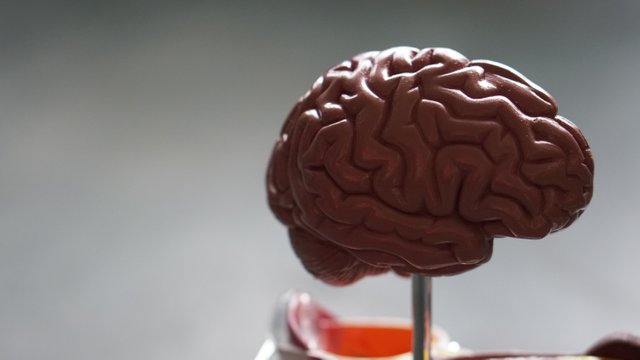Subtle Philomath #1 | Associative Memory

Associative memory is the ability to learn and recall the association between unrelated items. It is an explicit memory. What is explicit memory? Let's backtrack a little bit shall we.
Memory is broken down into 2 major categories: long-term and short-term.
Long-term memory refers to holding informative knowledge for an unlimited period of time while short-term memory holds for 18 to 30 seconds.
Long-term memory is classified into explicit and implicit memory.
Explicit memory is the conscious and intentional memory of facts and events.
Implicit memory is an unconscious way of learning.
Explicit memory is also classified into two, episodic memory and semantic memory.
Episodic memory is a collection of past personal experiences at a particular time and place, an example is associative memory.
Semantic memory is factual information not drawn from personal experiences.
Associative memory is an episodic explicit long-term memory.
The process of learning associations is called associative learning.
There are two types of associative learning processes: operant and classical conditioning.
Operant conditioning is an association between a certain voluntary behavior with its consequence which could be either a reward or a punishment; a reward will increase the behavior and punishment will reduce the behavior. For example, touching a hot surface is associated with getting burnt and having blisters, which is a bad experience.
Classical conditioning is an association between a certain involuntary behavior, for instance, sweating, which is associated with an unrelated neutral stimulus like the hot weather. Another example would be the sight of a cold drink (neutral stimulus) on a hot day that may cause one to feel thirsty; being thirsty is a biological event that is involuntary.
Associative memory is governed by the medial temporal lobe and located specifically in the hippocampus. So where is that? Here goes:
- The brain consists of 3 parts: Cerebrum, Cerebellum, and Brainstem.
Cerebrum- Cerebrum is the largest part of the brain.
- It is composed of the right and the left cerebral hemisphere separated by a longitudinal fissure called groove.
- The right cerebral hemisphere controls movement of the left side of the body.
- The left cerebral hemisphere controls movement of the right side of the body.
- Therefore, a stroke on the right cerebral hemisphere leads to impairment of the left side of the body.
- The functions of the Cerebrum are:
- to interpret what the body touches, what the eyes see, what the ears hear, what is spoken (speech) ,
- reasoning,
- emotions,
- learning and
- fine control of movement. All these functions are performed in specific parts of the cerebrum.
- It contains the cerebral cortex on each hemisphere.
- The Cerebral Cortex is the thin layer of brain that covers the outer portion (1.5mm to 5mm) of the cerebrum.
- It plays a main role in: attention, perception, awareness, thought, memory, language, and consciousness.
- It is divided into 4 lobes:
- Frontal lobe where emotional regulation, planning, reasoning and problem solving occur. Dysfunction on it can lead to personality changes.
- Parietal lobe is responsible for integrating sensory information, including touch, temperature, pressure and pain.
- Occipital lobe processes visual information from the eyes.
- Temporal lobe is important for hearing, recognizing language, and forming memories. In the temporal lobe, the hippocampus is embedded and that is where associative memory is located.
- Cerebrum is the largest part of the brain.
At the top of the cerebral cortex, it is covered by a layered unit called meninges. This layered unit of membranous collective tissue encases the central nervous system (the brain and spinal cord) to avoid direct contact with the bones of the spinal column or skull. It consists of 3 layers:
Cerebellum
Brainstem
Benefits of Associative Memory
- It deepens your understanding of a new thing.
- Helps you recall and remember.
How to improve associative memory
- physical exercise is a brain boost
- regular sleep
- having a healthy diet.
- learn a new skill, start a new routine, play a new instrument
- practice meditation; it reduces stress and increases focus and attention which enhances the memory.
Thank you, my dear reader,
For taking the time to sip some tea with me and cuddle to the unknown. I'll lay the firewood and you warm up in the teepee as we explore different encounters with life.
Love & Light💚
Original content by Naitore 2019
Photo by Robina Weermeijeron Unsplash